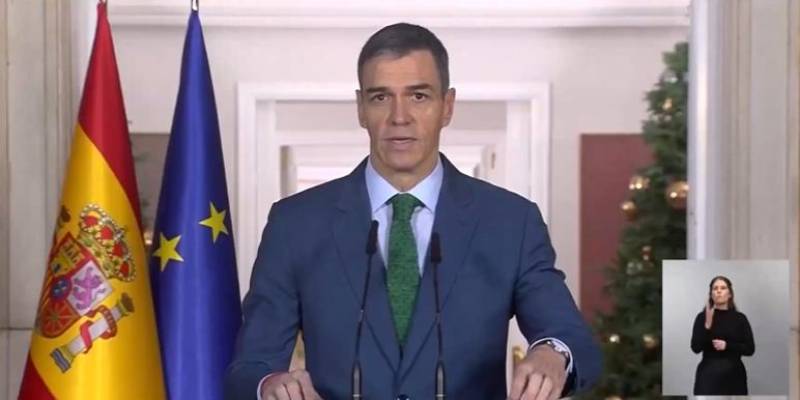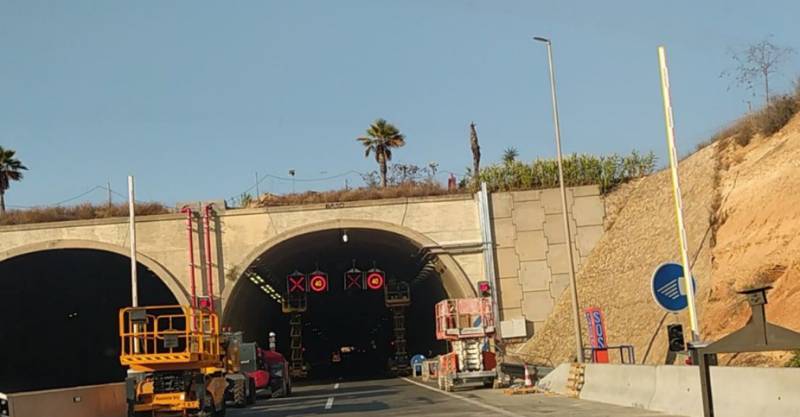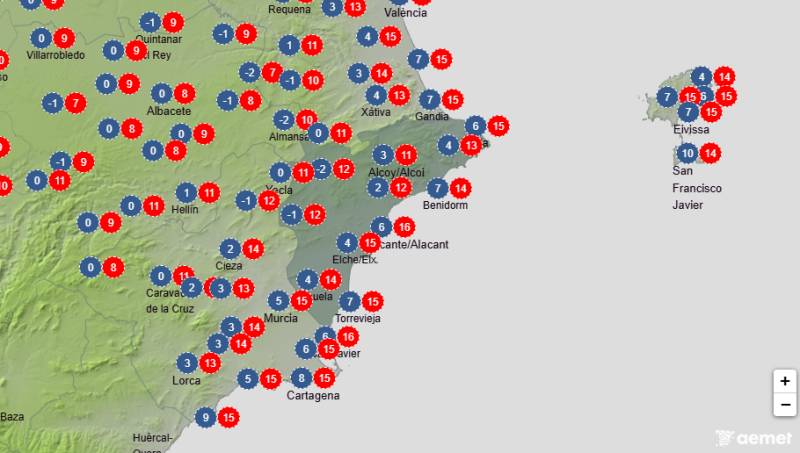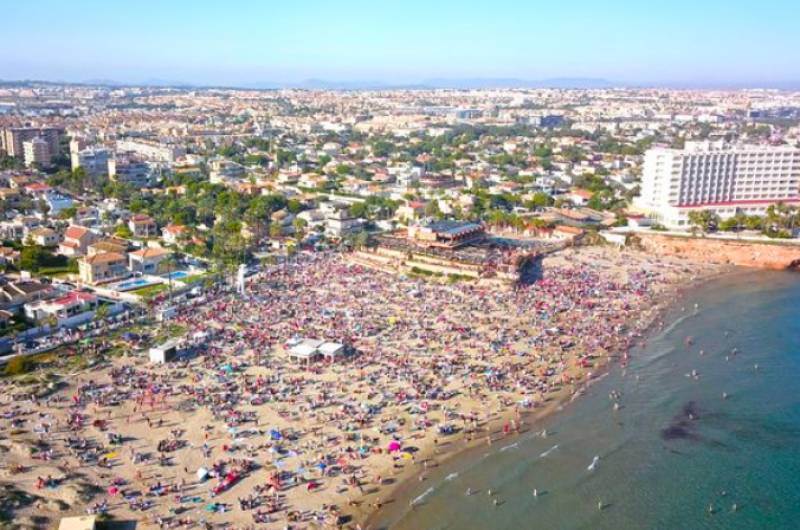
To be listed on the CAMPOSOL TODAY MAP please call +34 968 018 268.

Guidelines for submitting articles to La Manga Club Today
Hello, and thank you for choosing La Manga ClubToday.com to publicise your organisation’s info or event.
La Manga Club Today is a website set up by Murcia Today specifically for residents of the urbanisation in Southwest Murcia, providing news and information on what’s happening in the local area, which is the largest English-speaking expat area in the Region of Murcia.
When submitting text to be included on La Manga Club Today, please abide by the following guidelines so we can upload your article as swiftly as possible:
Send an email to editor@lamangaclubtoday.com or contact@murciatoday.com
Attach the information in a Word Document or Google Doc
Include all relevant points, including:
Who is the organisation running the event?
Where is it happening?
When?
How much does it cost?
Is it necessary to book beforehand, or can people just show up on the day?
…but try not to exceed 300 words
Also attach a photo to illustrate your article, no more than 100kb

Plaza de Abad Penalva in Alicante City
The unofficial Italian district with lots of ice-cream bars and Italian restaurants
The Plaza de Abad Penalva is situated on Calle Labradores in the barrio de Santa Cruz (barrio means district) in the city centre of Alicante. Just minutes from La Rambla and with the Concatedral de San Nicolás located on the edge of the square, it is one of the most visited plazas in Alicante city.
The plaza was created during public works carried out in 1904, which involved knocking down blocks of existing houses in order to expand Calle Labradores, creating a new open plaza. This was named plaza “Abad Penalva”, following requests from the citizens of Alicante city who were keen to honour the abad (abbot Francisco Penalva Urios), who was a well known and influential public figure in Alicante during this period.
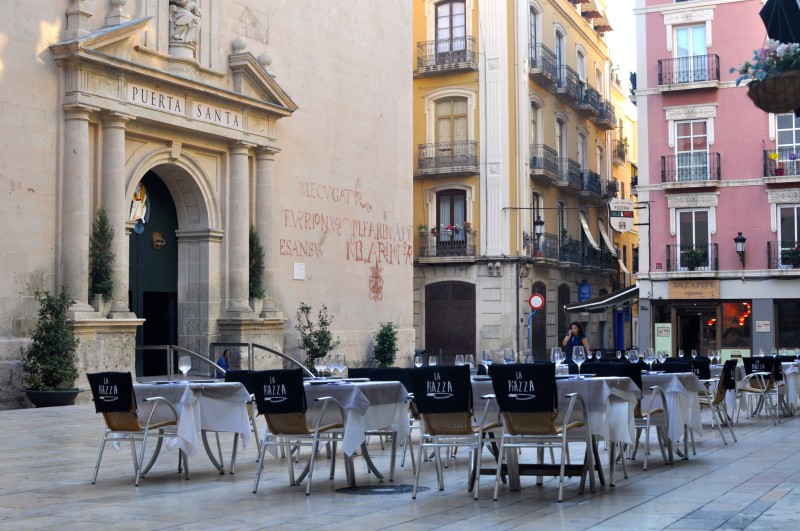
Abad Francisco Penalva Urios was born in Orihuela on the 19th December of 1812. He carried out his first studies in the college of religious studies Los Padres Predicadores, before becoming a Dominican friar and completing a degree in Philosophy. He then spent several years living in Murcia and working in various parishes around the area until he was later appointed head of the abbey of monks at the Collegiate Church of St Nicholas in Alicante during 1954.
His skills in public speaking and holy preaching made him famous throughout the whole of Alicante province with residents from the neighbouring municipalities of San Juan, Mutxamel, San Vicente and Villafranqueza visiting the city of Alicante to hear him preach.
He was heavily involved in helping the poor and the suffering, especially during the cholera infection of 1854, and then again in 1970 when the city suffered a yellow fever outbreak. However, his most memorable role in helping the city of Alicante was during the bombings of the cantonalist uprising during the First Spanish Republic, when the city was forced to surrender, lacking sufficient city defences to resist the attacks.

During this period Alicante also lacked sufficient hospitals and means to cure the wounded, so victims of the bombardments frequently died on the streets before medical treatment could be administered. At this point Abad Penalva decided to turn the convent of Las Augustinas into a temporary hospital housing beds, linen and bandages to save as many people as possible. Penalva helped to cure as many people as he could whilst praying for the city to be freed from the invasion. Residents of Alicante were very conscious of Penalva’s hard work and he was considered a saint by many of those whom he encoutered during this period of hardship.
Years later attempts were made to reward him for his services to the city and at one point a public act was organised in the Palacio Real de Madrid to grant him the honour of Pope. However, Penalva declined the honour and decided to continue working with the poor and the humble in Alicante, before dying in the city he loved on the 13th December of 1879.

Today this is a hugely popular plaza with both locals and tourists, especially at meal times when the surrounding restaurants open up their terrazas for visitors to enjoy their food outside in the open air in a picturesque setting, directly in front of the cathedral doors. For some reason this area has become an unofficial Italian food district, with a number of ice cream palours and restaurants serving pizza, pasta, and top quality coffee, so if visitors fancy a taste of Italy, then this is the place to go!














